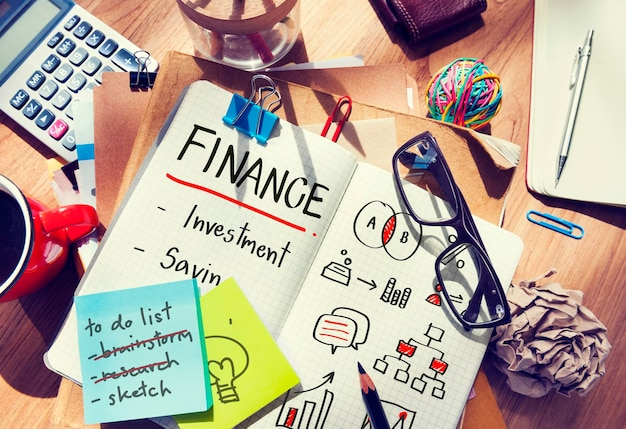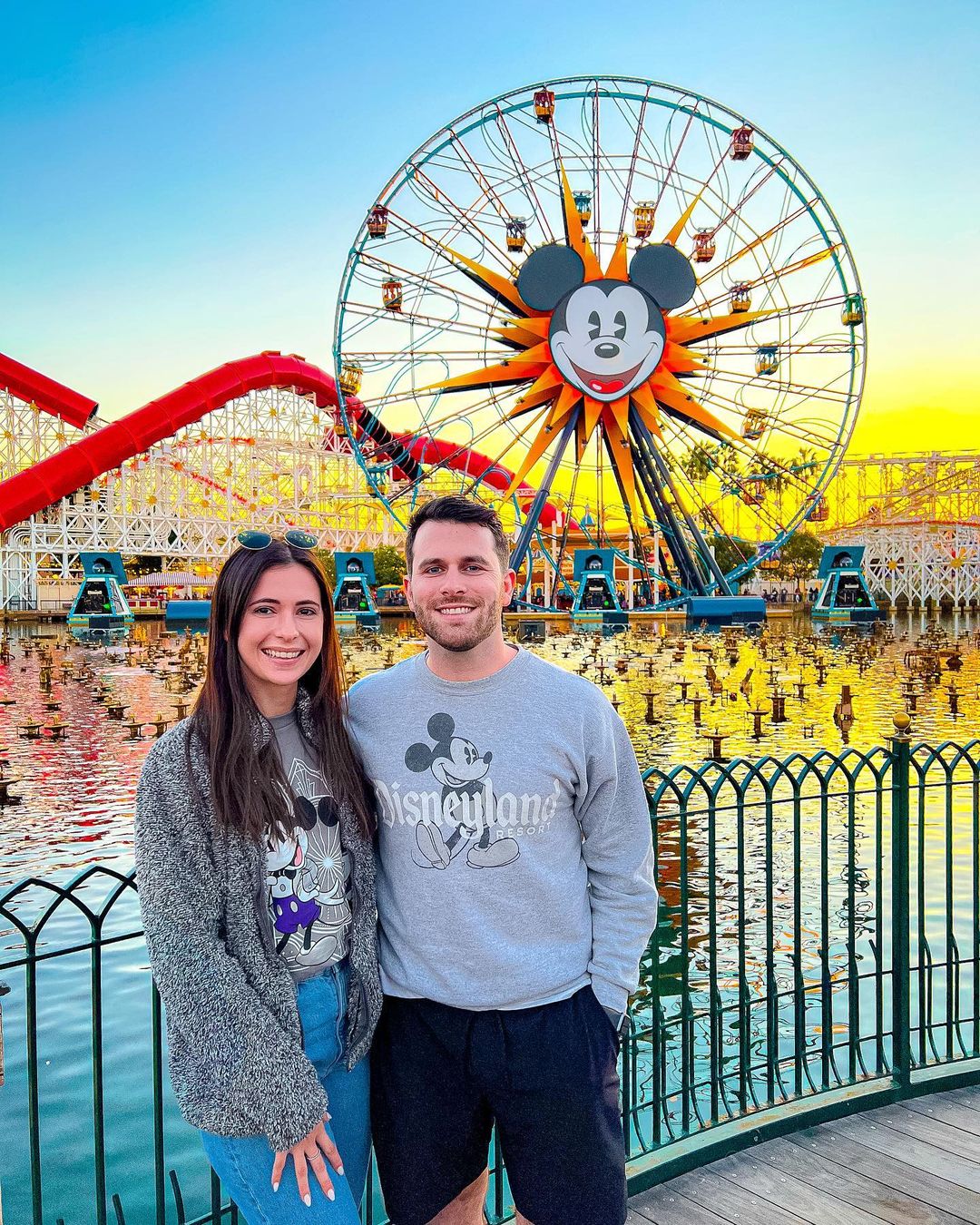Starting a podcast on a budget? No problem! In this article, we’ll give you seven simple and affordable podcast setup ideas.
You don’t need fancy podcast equipment or a big studio to get started. With USB microphones, free recording software, and smart tricks for your recording space, you’ll be podcasting like a pro.
We’ll also show you where to find free music and sound effects to jazz up your show. Don’t forget remote interviews and easy editing tips. And the best part? You can host your podcast for free!
Let’s dive in and get your budget-friendly podcast up and running!
1. Utilize Free or Low-Cost Recording Software
Podcast recording software is essential for capturing your audio content. While some professional software can be quite expensive, there are several free or low-cost options available that cater to budget-conscious podcasters.
One of the most popular free options is Audacity, an open-source audio editor that provides basic recording and editing capabilities. Audacity is user-friendly and suitable for beginners, making it a great starting point for those who want to keep their podcast setup costs low.
If you’re a Mac user, you’re in luck! GarageBand comes pre-installed on macOS devices and offers a simple yet powerful platform for recording and editing your podcast episodes. It provides a user-friendly interface, making it accessible to users with varying levels of technical expertise.
2. Optimize Your Recording Space
Optimizing your recording space is one of the podcast setup ideas you should consider. Creating a suitable recording environment is crucial for podcast quality. While a professional recording studio may be out of reach for budget podcasters, there are several ways to optimize your recording space at home.
First and foremost, choose a quiet podcast room or corner in your house where you can record without interruptions from outside noises. Avoid spaces near traffic, noisy appliances, or high-traffic areas in your home. If you have a closet, it can be a surprisingly effective recording space due to the soft materials that help dampen sound reflections.
To improve the acoustics of your recording space, you don’t need to invest in expensive acoustic treatment. Instead, use household items to minimize sound reflections and echoes like the following:
- Pillows
- Blankets
- Foam panels
These simple DIY solutions can make a significant difference in the overall sound quality of your podcast episodes. Additionally, be mindful of the time you choose to record. If possible, record during times when background noises are at a minimum, such as early mornings or late evenings.
3. Leverage Free Music and Sound Effects
Adding music and sound effects to your podcast can enhance the overall listening experience and help set the mood for your content. However, licensing music and sound effects from popular artists and platforms can be expensive.
Thankfully, numerous websites offer a wide range of royalty-free music and sound effects for free or low cost. Platforms like Free Music Archive and YouTube Audio Library are great places to find music and sound effects that you can use without worrying about copyright issues. Always ensure you check the licensing terms and give proper attribution if required.
4. Conduct Remote Interviews with VoIP Software
Inviting guests to your podcast can add diversity and depth to your content, but hosting in-person interviews might not be feasible or budget-friendly. Instead, conducting remote interviews is a cost-effective way to feature guests from all over the world without the need for travel expenses.
Voice over Internet Protocol (VoIP) is software that allows you to connect with guests remotely and record your conversations. VoIP examples are the following:
- Skype
- Zoom
- SquadCast
Many of these platforms offer free plans with limited recording capabilities, which should be sufficient for most podcasters starting on a budget.
Before conducting remote interviews, make sure you and your guest have a stable internet connection and appropriate microphones to ensure the audio quality is top-notch.
5. Edit Your Podcast Efficiently
Editing is a crucial part of the podcasting process. It helps remove mistakes, awkward pauses and enhances the overall flow of your content. While some professional editing software can be costly, there are free and affordable options that provide robust editing capabilities.
As mentioned earlier, Audacity and GarageBand are excellent choices for basic editing needs. They allow you to cut, trim, and arrange your audio clips efficiently. Additionally, they offer various audio effects and filters to further enhance the quality of your podcast.
Take advantage of tutorials and guides available online to learn essential editing techniques. With some practice, you’ll be able to refine your episodes effectively and create a polished final product.
6. Host Your Podcast on Free Platforms
Once you’ve created and edited your podcast episodes, it’s time to get them out into the world. The process of hosting your podcast involves storing and distributing your audio files to various podcast directories and platforms.
Several podcast hosting platforms offer free plans, making it easy for budget-conscious podcasters to get started. Some popular options include:
- Anchor
- Podbean
- Buzzsprout
These platforms provide all the essential tools you need to upload and distribute your podcast episodes to major podcast directories like the following:
- Apple Podcasts
- Spotify
- Google Podcasts
By hosting your podcast on free platforms, you can reach a broader audience without incurring any hosting fees, allowing you to focus on creating great content.
7. Consider Working With Freelancers
If you’re looking to start a podcast on a budget, working with freelancers can be a smart move. Click here to better understand how freelancers can provide affordable services that include:
- Podcast logo design
- Intro/outro music creation
- Episode transcription
Collaborating with skilled freelancers allows you to access professional-quality work without the expense of hiring full-time professionals. You can find talented individuals on various platforms who specialize in podcast-related tasks. This enables you to focus on content creation while leaving the technical aspects to the experts.
Embrace this cost-effective approach to enhance your podcast’s production value and attract a broader audience, all while staying within your budget constraints.
Podcast Setup Ideas on a Budget
Launching a podcast on a budget is not only possible but also highly achievable with the right approach and equipment. Embrace simplicity with USB microphones and free recording software, optimize your recording space, and leverage free resources like music and sound effects.
Conduct remote interviews with VoIP software, learn basic editing techniques, and host your podcast on free platforms. With these seven podcast setup ideas, you can dive into the world of podcasting without breaking the bank and share your voice with the world. Happy podcasting!
For more helpful articles, check out the rest of our website.
Image credit: freepik








